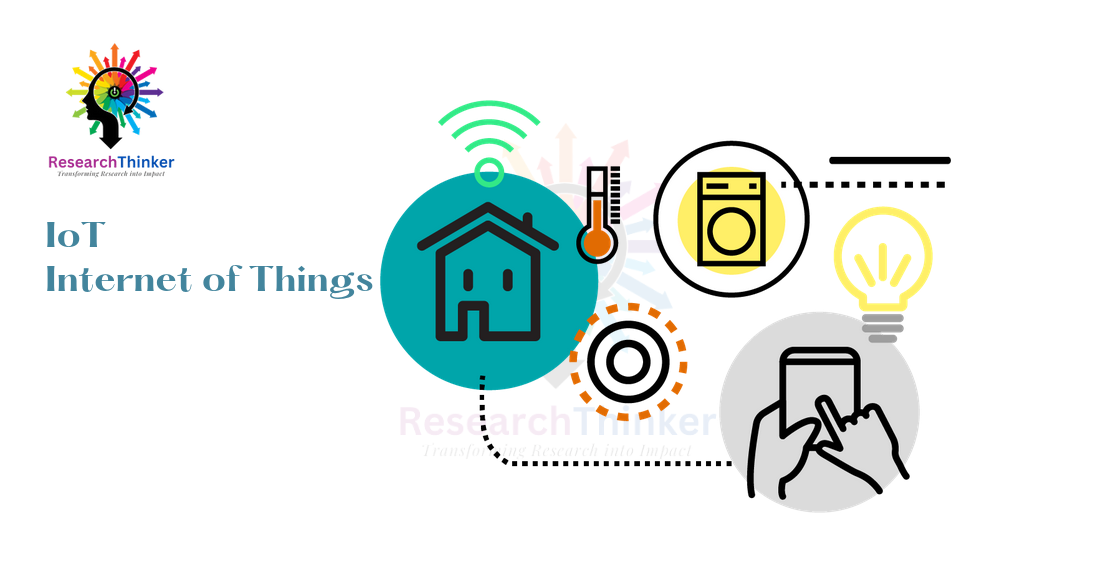Lisp is a programming language that has been used in various domains, including IoT and AI, for several reasons:
1. Expressive and Flexible: Lisp offers a high level of expressiveness and flexibility, allowing developers to write code that closely reflects their problem domain.
2. Symbolic Computation: Lisp’s strong support for symbolic computation makes it suitable for tasks involving pattern matching, rule-based systems, and symbolic reasoning.
3. Interactive Development Environment: Lisp has a long history of providing powerful interactive development environments (IDEs) that facilitate rapid prototyping, debugging, and experimentation.
4. Metaprogramming Capabilities: Lisp’s metaprogramming capabilities enable developers to write programs that generate or modify other programs at runtime this is useful in AI and IoT scenarios .
5. Lisp Macros: Lisp’s macro system allows developers to extend the language itself, creating new syntactic constructs and abstractions tailored to their specific needs.
6. Availability of Libraries and Frameworks: Lisp has a rich ecosystem of libraries and frameworks that provide powerful tools for AI and IoT development.
7. Historical Influence: Lisp has a long history in the field of AI and has been used in seminal AI research and applications. Many AI algorithms and techniques have been implemented in Lisp, making it a natural choice for researchers and practitioners working in the field.



